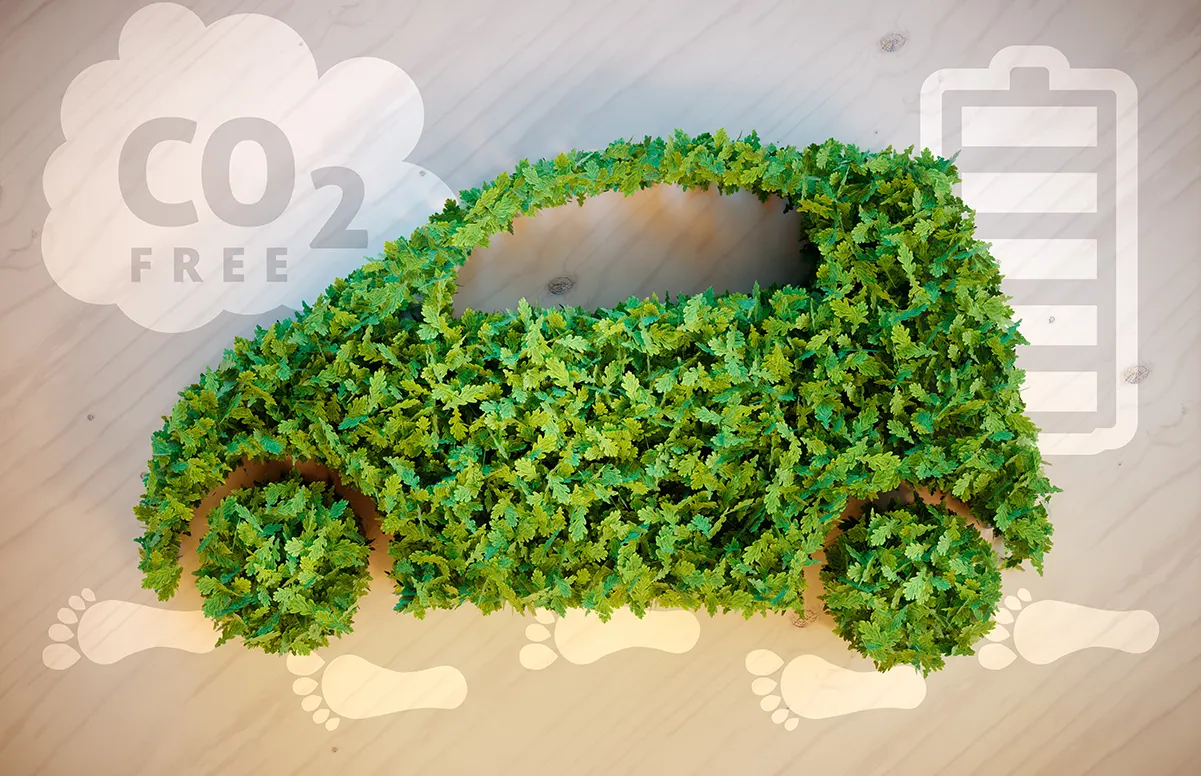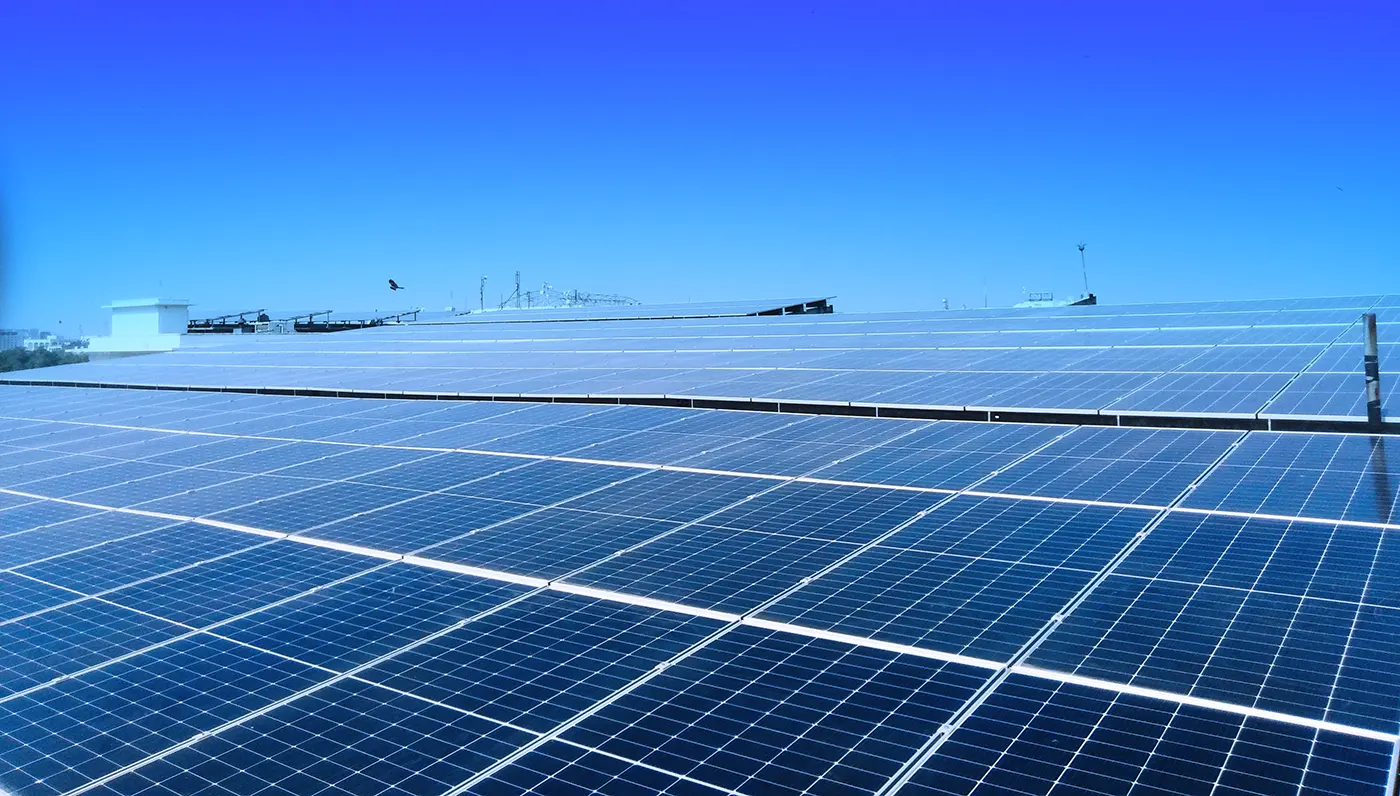Finishing Fast Fashion
Acting now
Reuse, Reduce, Recycle. Everyone knows the 3 R’s of recycling. While purchasing from sustainable brands is crucial to reducing the effects of fast fashion, it is also important that we allow our clothes to live their full lifespan- even if this means our clothes don’t end with us.
At my school, I helped to organize a clothes drive for my school’s support staff. With a turnout of over 50 support staff members, we were able to give our pre-loved clothes to new owners. You can’t ‘unbuy’ clothes from fast fashion brands, but you can reduce the environmental lifetime cost of one garment with
If you have the tools to bring some positivity to the world, while saving our environment then go for it! There is no better day than today to act.
What is fast fashion?
Shein. Fashion Nova. Primark.
All companies are universally known for their reputation in ‘fast fashion’.
According to Oxford Languages:
fast fashion
noun
inexpensive clothing produced rapidly by mass-market retailers in response to the latest trends
What if I told you companies such as Adidas, Nike and Amazon also take part in fast fashion? It is all around us. Any brand that sacrifices quality and environmental ethics to produce clothing is a fast fashion contributor.
Our fashion trends and desire for the ‘newest look’ aren’t just destroying our environment, but our health and the livelihoods of those around us.
It is no secret that fast fashion fills landfills. Approximately 92 million tonnes of garments end up in landfills, annually. That is like putting 175 walruses into a landfill every minute. This is not surprising, considering some company websites upload 2000 new designs daily. Everything begins to add up.
How does fast fashion deplete our resources?
Living in a world where we can access almost anything instantly, from food deliveries to entertainment, has damaged more than just our patience. The need for the next big thing has led to fashion trends going in and out of style faster than clothes can be produced. As a 17-year-old girl, I am no stranger to wanting to be ‘on-trend’. However, it is time we realize that our short attention spans have a cost.
Clothing garments manufacturing is also no easy process. One pair of jeans bears the hefty environmental price tag of 7600 liters of water. Water is the equivalent of liquid gold. With our rising temperature, droughts are only becoming more commonplace – we can’t afford to carelessly spend our water-producing materials on clothes that we will wear twice and then throw away. Second to only fruit and vegetable farming the fast fashion industry consumes the most water. Food keeps us alive, shein dresses don’t.
Fast fashions environmental implications
It is estimated that 10% of global CO2 production is from the textile industry. It is only safe to assume this number could be significantly reduced with the extermination of the fast fashion industry. There is no issue with buying clothes, there is only an issue with how quickly our society seems to ‘bore’ out of them. Reducing our generation’s carbon footprint relies on focusing on small acts. Using an electric vehicle and installing solar on your roof will get you 70% of the way there on becoming as close to net zero carbon as possible, but it is the little things that make up the other 30%.
Fast fashion is also a major player when it comes to ocean microplastics, contributing 20-35% of microplastic flow into the ocean. Microplastics can cause reduced food intake and delayed growth in aquatic life. Because microplastics can move through the food chain their effects don’t just stop at one marine animal.
Fast fashion isn’t just bad for our environment
93% of brands don’t pay their garment workers enough to live off. A minimum wage does not equal a living wage. When you buy from fast fashion brands you are benefitting from the exploitation of workers who have no other choice. Every once in a while the media shines light on these terrible practices, but the attention is quickly lost and nothing is done. For example, one brand was recently under fire and attempted a marketing stunt to blow over the controversy. Cheaply made clothes often unsurprisingly contain dangerous chemicals; Formaldehyde (methanal, CH2O) and chromium are both carcinogenic and endocrine-disrupting substances that are found in irresponsibly produced fashion. Workers who are subjected to these chemicals daily are sure to feel the effects. There has been a focus on reducing the amount of hazardous chemicals that workers come into contact with down the supply chain, however, it is unlikely that a corporation that doesn’t value responsible manufacturing processes will practice such ideas.
Child labor is the biggest issue within the fast fashion industry. Children are employed and work under terrible conditions. They are targeted because it is impossible for them to stand up for themself. It is unacceptable to say the fashion industry is too large to monitor all portions of the supply chain, that would be letting down the children who know no alternative.
Many brands have made an active effort to eliminate child labor from their supply chain. At the beginning of 2020, 63 million girls and 97 million boys were subjected to child labor. That is 1 in 10 children which we are failing.
Finishing Fast Fashion
Acting now
Reuse, Reduce, Recycle. Everyone knows the 3 R’s of recycling. While purchasing from sustainable brands is crucial to reducing the effects of fast fashion, it is also important that we allow our clothes to live their full lifespan- even if this means our clothes don’t end with us.
At my school, I helped to organize a clothes drive for my school’s support staff. With a turnout of over 50 support staff members, we were able to give our pre-loved clothes to new owners. You can’t ‘unbuy’ clothes from fast fashion brands, but you can reduce the environmental lifetime cost of one garment with
If you have the tools to bring some positivity to the world, while saving our environment then go for it! There is no better day than today to act.
What is fast fashion?
Shein. Fashion Nova. Primark.
All companies are universally known for their reputation in ‘fast fashion’.
According to Oxford Languages:
fast fashion
noun
inexpensive clothing produced rapidly by mass-market retailers in response to the latest trends
What if I told you companies such as Adidas, Nike and Amazon also take part in fast fashion? It is all around us. Any brand that sacrifices quality and environmental ethics to produce clothing is a fast fashion contributor.
Our fashion trends and desire for the ‘newest look’ aren’t just destroying our environment, but our health and the livelihoods of those around us.
It is no secret that fast fashion fills landfills. Approximately 92 million tonnes of garments end up in landfills, annually. That is like putting 175 walruses into a landfill every minute. This is not surprising, considering some company websites upload 2000 new designs daily. Everything begins to add up.
How does fast fashion deplete our resources?
Living in a world where we can access almost anything instantly, from food deliveries to entertainment, has damaged more than just our patience. The need for the next big thing has led to fashion trends going in and out of style faster than clothes can be produced. As a 17-year-old girl, I am no stranger to wanting to be ‘on-trend’. However, it is time we realize that our short attention spans have a cost.
Clothing garments manufacturing is also no easy process. One pair of jeans bears the hefty environmental price tag of 7600 liters of water. Water is the equivalent of liquid gold. With our rising temperature, droughts are only becoming more commonplace – we can’t afford to carelessly spend our water-producing materials on clothes that we will wear twice and then throw away. Second to only fruit and vegetable farming the fast fashion industry consumes the most water. Food keeps us alive, shein dresses don’t.
Fast fashions environmental implications
It is estimated that 10% of global CO2 production is from the textile industry. It is only safe to assume this number could be significantly reduced with the extermination of the fast fashion industry. There is no issue with buying clothes, there is only an issue with how quickly our society seems to ‘bore’ out of them. Reducing our generation’s carbon footprint relies on focusing on small acts. Using an electric vehicle and installing solar on your roof will get you 70% of the way there on becoming as close to net zero carbon as possible, but it is the little things that make up the other 30%.
Fast fashion is also a major player when it comes to ocean microplastics, contributing 20-35% of microplastic flow into the ocean. Microplastics can cause reduced food intake and delayed growth in aquatic life. Because microplastics can move through the food chain their effects don’t just stop at one marine animal.
Fast fashion isn’t just bad for our environment
93% of brands don’t pay their garment workers enough to live off. A minimum wage does not equal a living wage. When you buy from fast fashion brands you are benefitting from the exploitation of workers who have no other choice. Every once in a while the media shines light on these terrible practices, but the attention is quickly lost and nothing is done. For example, one brand was recently under fire and attempted a marketing stunt to blow over the controversy. Cheaply made clothes often unsurprisingly contain dangerous chemicals; Formaldehyde (methanal, CH2O) and chromium are both carcinogenic and endocrine-disrupting substances that are found in irresponsibly produced fashion. Workers who are subjected to these chemicals daily are sure to feel the effects. There has been a focus on reducing the amount of hazardous chemicals that workers come into contact with down the supply chain, however, it is unlikely that a corporation that doesn’t value responsible manufacturing processes will practice such ideas.
Child labor is the biggest issue within the fast fashion industry. Children are employed and work under terrible conditions. They are targeted because it is impossible for them to stand up for themself. It is unacceptable to say the fashion industry is too large to monitor all portions of the supply chain, that would be letting down the children who know no alternative.
Many brands have made an active effort to eliminate child labor from their supply chain. At the beginning of 2020, 63 million girls and 97 million boys were subjected to child labor. That is 1 in 10 children which we are failing.






